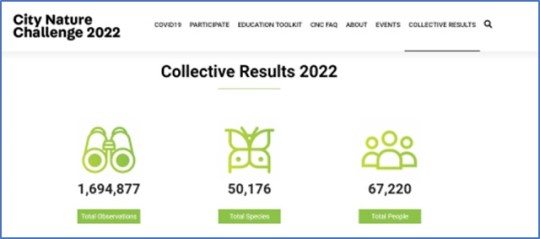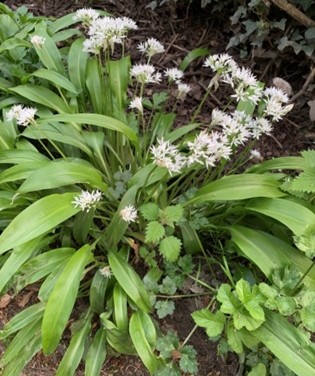Written by Lisa Chilton, NBN Trust CEO
In January, I vowed to immerse myself in the world of wildlife recording. The aim was to collect sightings of wildlife and share them online so that they can used by conservationists and researchers to benefit nature. Our mission at the NBN Trust is to ‘make data work for nature’, and I decided it was high time I generated some data myself.
I’m six months in, and so far it’s been a wholly positive experience. I’ve explored my motivations for taking part in wildlife recording, taken my first steps using the iNaturalistUK website and app, learned how to use iRecord, and reflected on the UK’s great tradition of wildlife recording.
One of the most rewarding outcomes of this new hobby is that I’ve become much more observant of the wildlife around me. Don’t get me wrong, I’ve always been excited to see birds, mammals and butterflies in our garden, in the local countryside and on my travels. But it’s the smaller, less conspicuous things that are now piquing my interest, where once I wouldn’t have given them a second glance.
Whilst I know that every record counts – that every random and spontaneous sighting I share will be available in perpetuity for conservation and research – I’m also a sucker for instant gratification. I’ve really enjoyed taking part in organised surveys that give you rapid feedback on your endeavours. I started with the City Nature Challenge, which in my case coincided with a long weekend traversing the UK, from Aberdeenshire to Devon and back, to attend a friend’s wedding. Snapping photos everywhere I went (including some less-than-successful attempts out the train window), I logged 43 species on iNaturalistUK. A Eurasian Coot at the rear of Paddington station (while stopping to admire Paddington himself, naturally), Ramsons in rural Somerset, Cowslips on Dartmoor, a Willow Warbler back home in Scotland, and much more besides. My efforts were very modest, clearly, but when joined with the 1.6 million observations by more than 67,000 City Nature Challenge participants worldwide, they form a massive wildlife dataset and an interesting global snapshot.

Next up was Plantlife’s No Mow May and brilliant Every Flower Counts survey. The first step was to convince my overly tidy husband (OK, that might not be entirely fair) that we should take part. Then it was as simple as leaving it be, and, at the end of the month, counting and identifying the flowers in small sections of the lawn. The results came back straightaway. Our lawn is home to around 52,300 native wildflowers from 6 species, with a diversity score of 37%. I’m guessing that’s Plantlife’s polite way of saying “Could do better”. Even more exciting (though also sobering) were the pollen and nectar estimates. Our lawn creates 10ml of pollen a day, which could support 35 bumblebee larvae. That’s not very much, is it? Our patch also produces 15g of nectar sugar a day, which could support 1,374 honeybee workers for a day, or two entire bumblebee colonies. That’s somewhat more encouraging, but we can definitely do more to support our precious pollinators.

After No Mow May came Mega Mow June (in our household, at least) – and not a day too soon, in my husband’s opinion. But, spurred on by the findings, we agreed to spare a quarter of the lawn from the apocalypse and let it grow for a few more months. Hopefully we’ll see a greater diversity of wildflowers next year as a result.
My newfound passion for meadows also prompted me to learn to mow using a scythe. I attended a wonderful course down in Fife (shirts were compulsory, in case you’re imagining a scene from Poldark) and I’m now the proud owner of my own weapon of grass destruction. I don’t suppose we’ll ditch the petrol mower entirely (or the sheep and cows, for that matter). But I’m happy in the knowledge that I’ll be doing a little bit more for wildlife and the planet, whilst supporting both my mental wellbeing (mindfulness is a pretty good idea when wielding such a blade) and physical health (no sign of a six-pack yet, but I can live in hope).
My adventures in wildlife recording have already take me in new and unexpected directions, and I’ve barely started. More next time…
